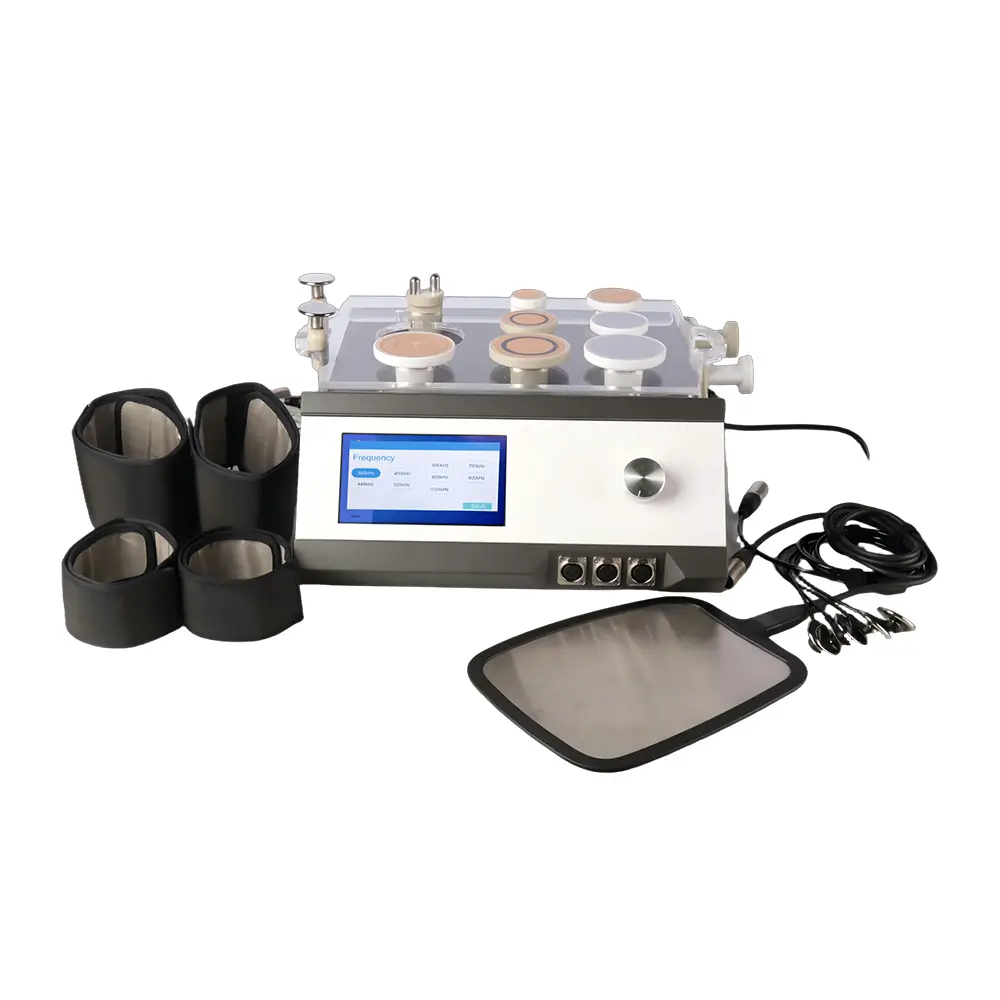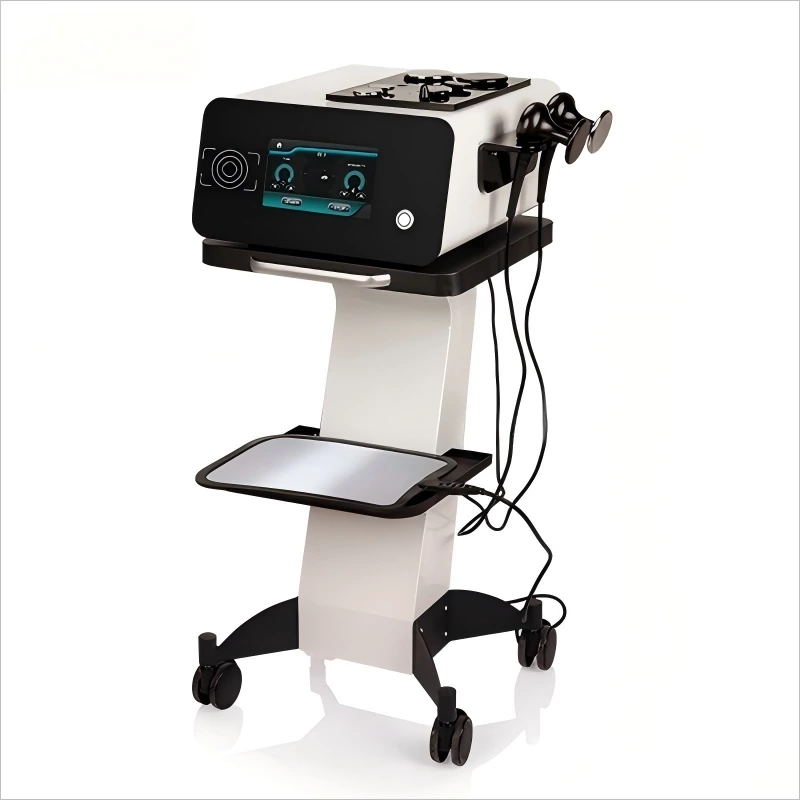Electrical Muscle Stimulation How It Enhances Recovery And Performance
The Power of Electrical Muscle Stimulation (EMS) in Fitness and Recovery Electrical Muscle Stimulation (EMS) has emerged as a revolutionary technology in the fitness and rehabilitation sectors. By lev
The Power of Electrical Muscle Stimulation (EMS) in Fitness and Recovery
Electrical Muscle Stimulation (EMS) has emerged as a revolutionary technology in the fitness and rehabilitation sectors. By leveraging electrical impulses to stimulate muscle contractions, EMS enhances muscle strength, improves recovery, and boosts overall athletic performance. This technology is not only used by professional athletes but is also gaining popularity among fitness enthusiasts looking to optimize their workout routines. The integration of EMS into training regimens represents a significant advancement in how we approach muscle development and recovery. As we explore the multifaceted benefits of EMS, it becomes clear that this technology is poised to redefine the boundaries of physical conditioning and rehabilitation.
Enhancing Muscle Strength and Performance
EMS technology works by sending electrical impulses to muscles, causing them to contract. This process can be particularly beneficial for enhancing muscle strength.
Key Benefits for Muscle Strength
- Increased Muscle Recruitment: EMS can recruit a higher percentage of muscle fibers than traditional voluntary contractions, leading to more effective strength training.
- Improved Muscle Tone: Regular use of EMS can result in noticeable improvements in muscle tone, as the muscles are subjected to intense, controlled contractions.
- Enhanced Athletic Performance: By strengthening muscles and improving neuromuscular coordination, EMS can contribute to better overall athletic performance.

For instance, a study published in the Journal of Strength and Conditioning Research found that athletes who incorporated EMS into their training regimen showed significant improvements in muscle strength compared to those who relied solely on traditional training methods. You can read more about such studies on PubMed.
Accelerating Recovery and Rehabilitation
One of the most significant advantages of EMS is its ability to aid in recovery and rehabilitation.
Benefits for Recovery
- Reduced Muscle Soreness: EMS can help alleviate muscle soreness (DOMS) by promoting blood flow and reducing inflammation.
- Faster Rehabilitation: For individuals recovering from injuries or surgery, EMS can be a valuable tool for maintaining muscle mass and strength during periods of limited mobility.
- Enhanced Circulation: The electrical stimulation can improve circulation, which is crucial for the delivery of oxygen and nutrients to damaged tissues.

Customizing EMS for Individual Needs
The effectiveness of EMS can be maximized by tailoring its application to individual needs and goals.
Customization Strategies
- Adjusting Intensity and Frequency: The intensity and frequency of EMS can be adjusted based on the individual's fitness level and specific goals.
- Targeting Specific Muscle Groups: EMS can be applied to specific muscle groups, allowing for targeted strengthening or recovery.
- Combining with Other Training Methods: EMS can be effectively combined with traditional strength training and cardio exercises to create a comprehensive fitness program.
Practical Applications of EMS
EMS is not limited to professional athletes; it can be a valuable addition to any fitness regimen.
Practical Uses
- Home Workouts: Portable EMS devices make it possible to incorporate EMS into home workout routines.
- Rehabilitation Centers: EMS is widely used in physical therapy and rehabilitation centers to aid in patient recovery.
- Professional Training: Many professional athletes and teams integrate EMS into their training programs to gain a competitive edge.

For more information on how to integrate EMS into your fitness routine, you can visit American Council on Exercise (ACE).
Safety and Precautions
While EMS is generally safe, there are certain precautions that should be taken.
Safety Considerations
- Consulting a Professional: It's advisable to consult with a healthcare professional or a certified trainer before starting an EMS program.
- Proper Use of Devices: Following the manufacturer's guidelines for EMS devices is crucial to avoid misuse.
- Monitoring Progress: Regularly monitoring progress and adjusting the EMS program as needed can help prevent overtraining and injury.
Conclusion
Electrical Muscle Stimulation (EMS) represents a significant advancement in fitness and rehabilitation technology. By enhancing muscle strength, accelerating recovery, and offering customizable training options, EMS can be a valuable tool for both athletes and individuals seeking to improve their overall fitness. As with any training method, it's essential to use EMS judiciously and under appropriate guidance to maximize its benefits. By incorporating EMS into a well-rounded fitness regimen, individuals can unlock new levels of performance and recovery.




